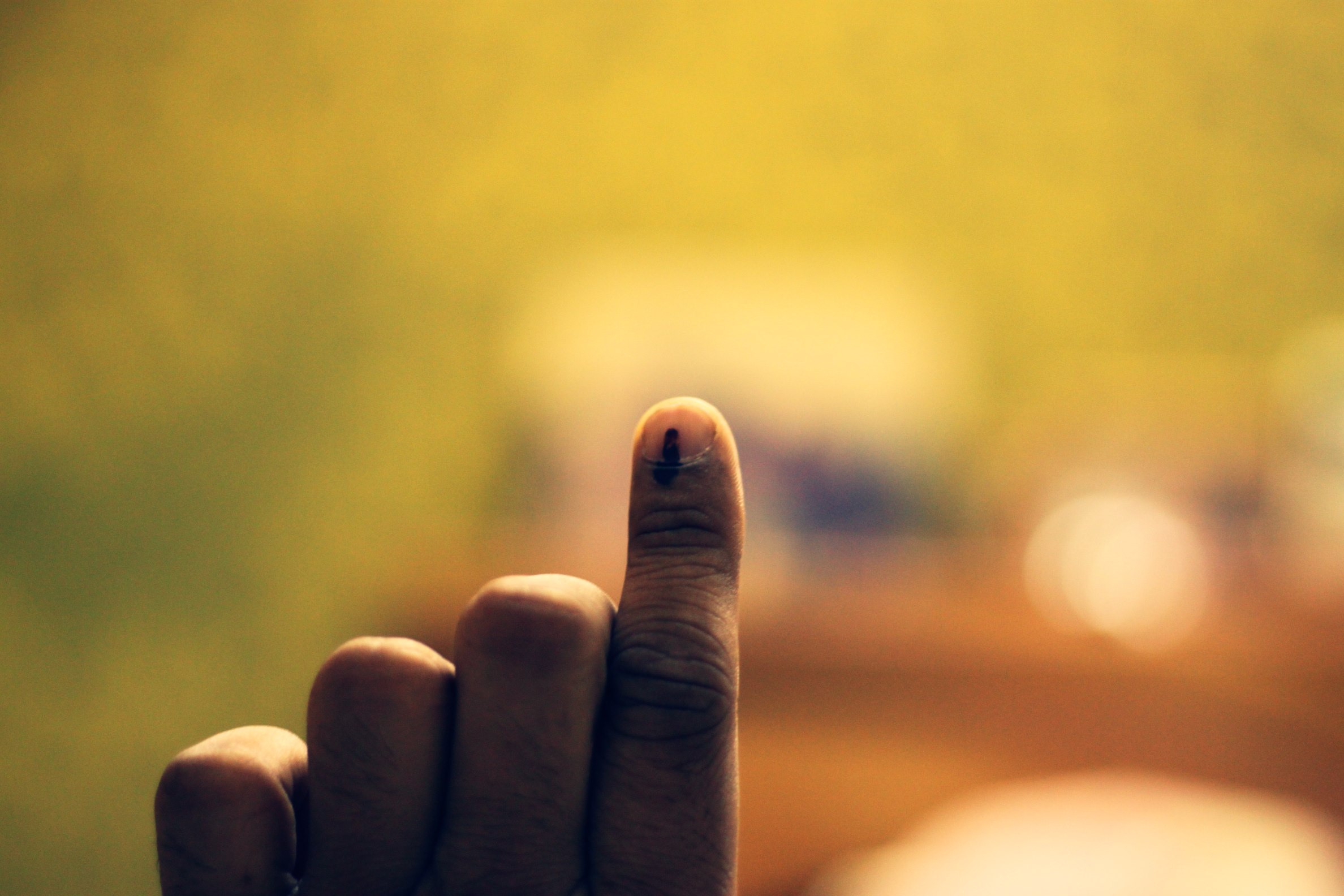
95 seats in 12 states, 1 UT up for grabs in 2nd phase of Lok Sabha elections

With campaigning for the second phase of elections ending on April 16, 95 parliamentary constituencies — except Vellore and Tripura — go to polls on April 18. The outcome of the second phase is crucial for the UPA alliance and will determine its momentum for the next phase of elections. The constituencies are spread over 12 states and a union territory.
Besides 10 in Maharashtra, eight in Uttar Pradesh, five each in Assam, Bihar and Odisha, three each in Chhattisgarh and West Bengal; two in Jammu and Kashmir and one each in Manipur, Puducherry is going to polls.
Out of the total 130 parliamentary seats on offer in five southern states, a major chunk of 95 seats would have polled in the two phases. Congress-led UPA expects gains in the second phase as 38 seats of Tamil Nadu, one seat of Puducherry, and 14 seats of Karnataka are polling. Congress is in alliance with DMK in Tamil Nadu and with JD(S) in Karnataka.
In the first phase, all 17 seats of Telangana and 25 seats of Andhra Pradesh have already polled.
In the third phase remaining 14 seats of Karnataka and 20 seats of Kerala will face polling on April 23rd.
In Tamil Nadu, the DMK-Congress alliance is in the lead and AIADMK-BJP alliance is facing anti-incumbency. The state is also facing simultaneous bypolls in 18 assembly constituencies that fell vacant following rebellion in AIADMK ranks in 2016. The leader of the rebel group — TTV Dinakaran, the nephew of N Sasikala — is the X-factor in these elections. He is likely to cut into the AIADMK vote bank, queering the pitch for the mother party.
Actor-turned-politician Kamal Haasan too has thrown his hat into the ring and fielded candidates in all parliamentary seats. Tamil Nadu elections therefore have become extremely interesting. It is also likely to decide the true inheritor of Jayalaithaa’s legacy. Though MK Stalin has taken charge of the DMK, he will have to prove his mettle in the elections without the towering presence of his father M Karunanidhi.
In neighbouring Karnataka, 14 of the 28 seats go to polls in the second phase. BJP has an upper hand in the three seats of Bengaluru which it would attempt to retain. The JD(S)-Congress combine is likely to dominate southern Karnataka which largely goes to poll in the second phase. Film star Ambarareesh’s wife Sumalatha is trying her luck as an independent candidate supported by BJP. She will be taking on Deve Gowda’s grandson. Ambareesh, former union minister and a Congress MP died last year.
Bengaluru south, held by veteran BJP leader Ananth Kumar, has now gone to Tejasvi Surya, a novice who is better known for his rabble rousing speeches. Against expectations the ticket did not go to Tejaswini, the late Ananth Kumar’s wife.
Karnataka will test the durability of the Congress-JD(S) alliance. Last year the two had got together to keep BJP out of power in the assembly. Though the BJP ended up as the single largest party, it could not muster a majority.
Moving north, 10 seats in Maharashtra’s most drought-affected area – the sugar belt – go to polls in the second phase. In 2014, NDA won 8 out of the 10 seats riding the Modi wave. Congress won the remaining two. This time the Congress-NCP alliance is taking on the BJP-Shiv Sena alliance.
Further north, eight Uttar Pradesh’s eight more parliament seats go to polls in the second phase. These are in the remaining parts of western UP as eight seats have gone to polls already in the first phase.
Agra, Mathura and Aligarh face polls in the second phase. A formidable SP-BSP alliance is taking on the BJP here. Upper caste Thakurs and Brahmins are with BJP and its votes could be divided by Congress. The backward castes support is with SP which includes the powerful Jats and Gujars who are landlords. Dalits or Jatav voters are with BSP who are largely labourers. While Jats and Jatavs are on the opposite side of the social divide it would be interesting to see how they transfer votes to each other to make the SP-BSP alliance work.
In the east, four constituencies in Bihar will witness polling on April 18. With 40 Lok Sabha seats, Bihar is considered as a politically-significant state. In Bihar, going by their vote shares in the 2014 Lok Sabha polls, the BJP-led NDA, and opposition alliance — RJD, Congress, RLSP, HAM and VIP, are almost neck-and-neck. This indicates that state-level tie-ups could be the determining factor in deciding the poll outcome in states.
Similarly, in Odisha, Chief Minister Naveen Patnaik’s Biju Janata Dal (BJD) is seen as making all efforts to stop the BJP from making inroads into the state. In phase two, five parliamentary constituencies in the state will go for polls. The election holds significance as Patnaik, one of India’s longest-serving chief ministers, has not pledged allegiance to either the Congress or the BJP. The state, which accounts for 21 Lok Sabha seats, has voted for Patnaik for the past three terms. Considering his popularity in the state, the BJP and the Congress may find it hard to leave an impact. In 2014, the BJP had won only a single parliamentary seat in Odisha.

